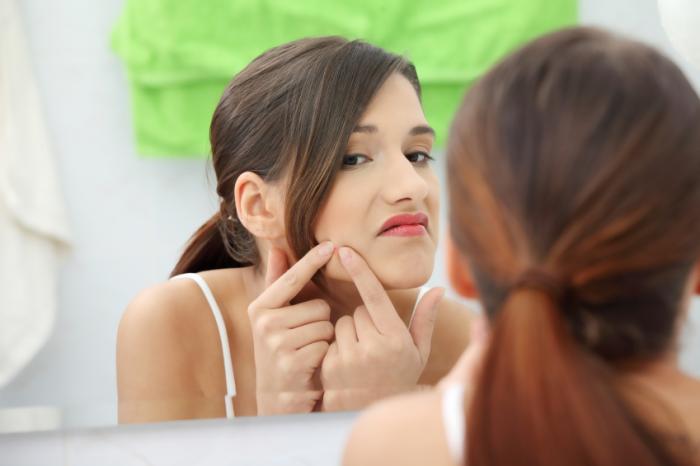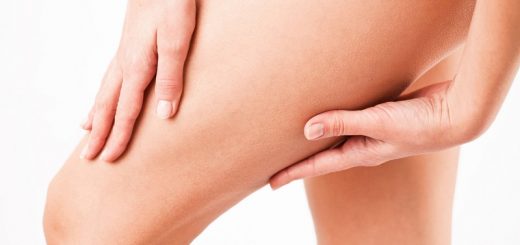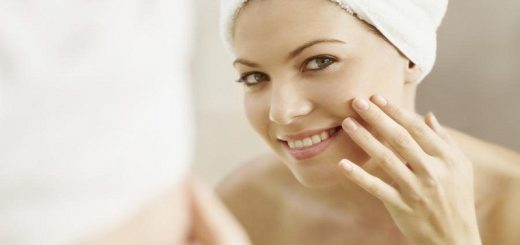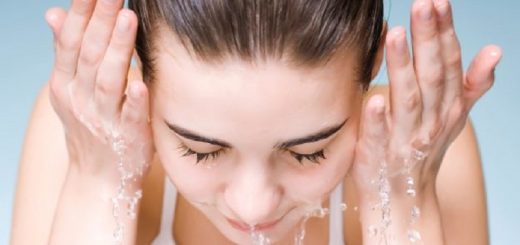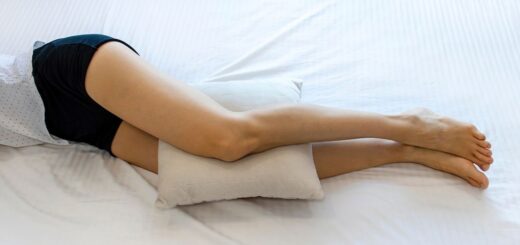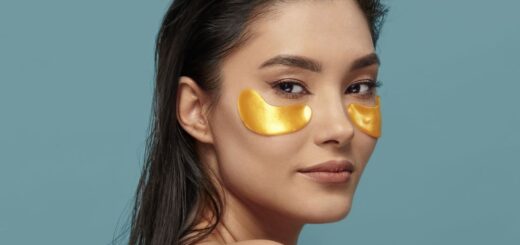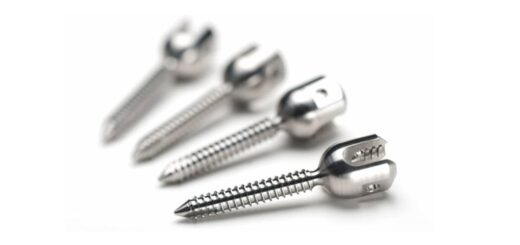Why you have acne if you are no longer a teenager?
Talk of acne leads us directly to puberty, or thinks about that or that girl who has grains in their adolescence period. However, acne is not just a disease of that age. There is a type of acne in adulthood is relatively common and common caused by the use of cosmetics: cosmetic acne.
Sometimes it can be difficult to recognize because it can appear even using labeled “non-comedogenic” (not clog pores and therefore do not produce acne pimples) products. To add confusion, sometimes it takes months to appear since it begins with makeup that causes it, so we did not realize what the source.
Even the appearance of pimples generates the person uses to cover them greater amount of makeup (or makeovers greater coverage, as we shall see, are nothing recommended for this problem) when the best thing you can do in these cases is to keep thoroughly cleansed face until a solution is found. This vicious circle and the inability to recognize the source of the problem often causes people to keep this disease for years, believing that it is “age”, “by diet” or “hormones”.
Recognizing cosmetic acne
To recognize cosmetic acne have to do as a small white bumps that are visible only closely. In some cases, they appear “normal”, larger and red beans. Usually we find them in areas in which most makeup is applied: usually on the chin or cheeks, but may also appear in the rest of the face.
You may also like to read another article on AnxietyReduction: 10 tips for skin care in the summer
The truth is that as indicated in these cases would limit the makeup to the minimum possible, or avoid it altogether. But this is the medical opinion since, from the cosmetic point of view, it is known that there are makeups that work “less worse” than others … For this reason it is important the pharmacist for advice when choosing “non-comedogenic” makeup.
Essential tips…
- Use always dermatologically tested and non-comedogenic makeup (ask the pharmacist advice).
- Avoid Makeups high coverage and long lasting.
- Avoid Fats and rich textures. Preferred are “oil-free” or light textures prepared. There are products with cream-gel texture very suitable.
- Avoiding the following ingredients:
- Fragrance (parfum)
- Palmitate isopropyl / myriestato / isostearate
- Clorhydroxide bismuth
- Butyl stearate
- Decyl oleate
- neopentanoate isostearyl
- Estearate of isocetyl
- Myristyl myristate
- Oil / coconut butter
- Cetyl alcohol
You may also like to read another article on AnxietyReduction: Skin care with diabetes
To consider…
- There Makeups that are touted as “anti-acne”. However, this is not guaranteed to work, because in some cases, they do not have any kind of active ingredient that helps, but they are lighter than regular makeup. However, yes there are others that contain substances such as salicylic acid (salicylic acid), benzoyl peroxide (benzoyl peroxide), oil tea tree (tea tree oil) or alpha-hydroxy acids, which themselves are ingredients used to combat oily skin.
- The Excessive dryness: There are makeups that can dry the skin too, in which case the sebaceous glands react by generating more sebum, which is counterproductive. Oily skin acne is excess fat and excess water, so must moisturize like normal skin.
- The Sunscreen: is recommended to always use proper sunscreen (based oil-free, or fluids or gels), but do not forget that sun exposure can worsen the acneic outbreaks.
- In addition, as always, we go to the dermatologist or pharmacist to choose options hygiene, toning and proper treatment of acne type or phase in which it is located.

